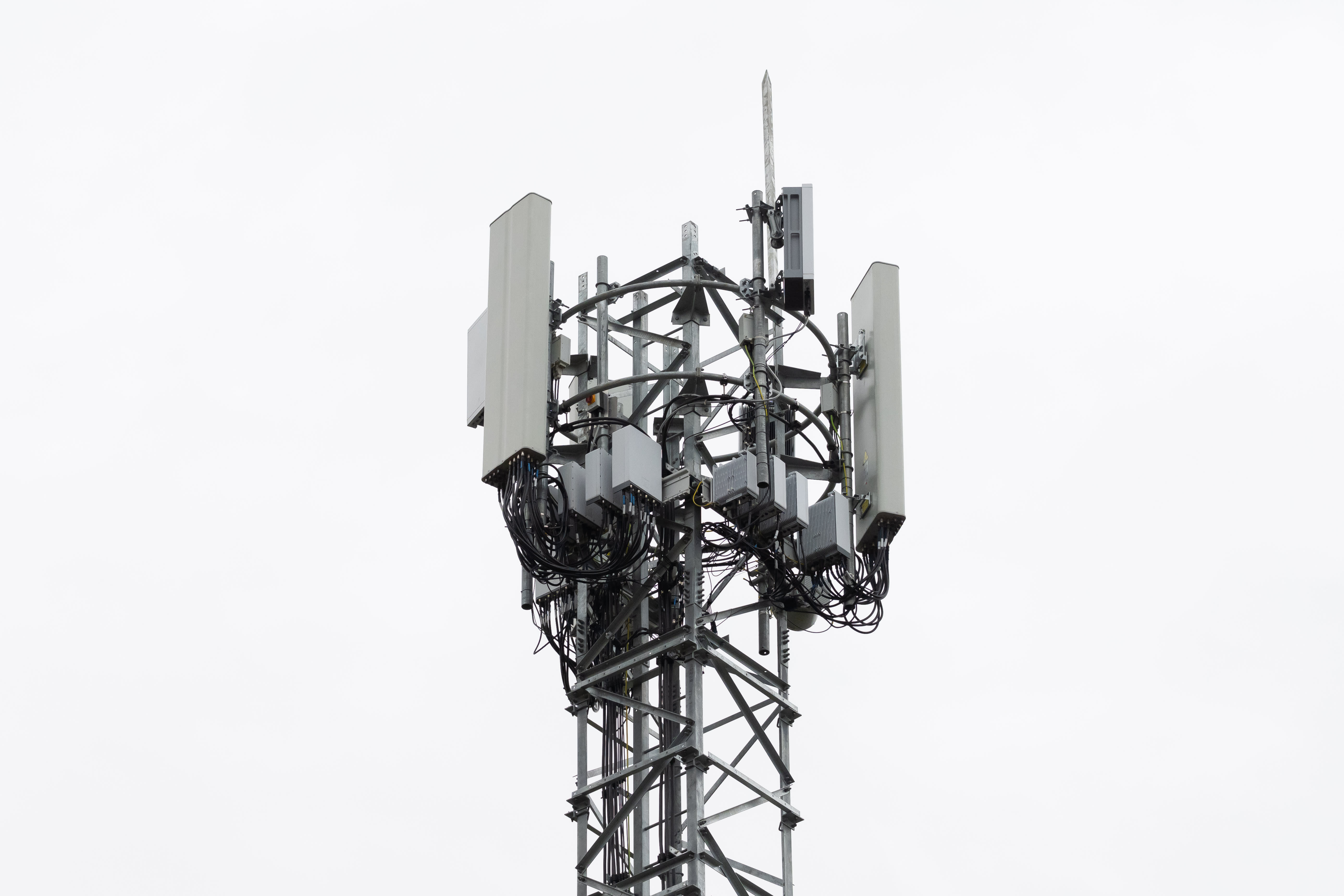Are usually safest distance from your 5G cell Tower system?

If you've ever wandered through a city you might have noticed tiny mini 5G cell towers on street light poles. They appear like tiny boxes however they're actually sending wireless signals from cellular providers to your phone.

The smaller ones are being replaced by larger built cell towers. While they're not as noticeable, they still can create problems for those who live nearby.
The FCC's Radiation Exposure Thresholds
The FCC's Radiation Exposure Thresholds determine the maximum amount of time one can expose to electromagnetic radiation from wireless devices. The exposure limits are based on scientific data that show that RF energy could cause harm to health.
The absorption rate specific (SAR) is an indication of the radiofrequency energy absorbed by tissue. It's usually 1.6 Watts per kilogram spread over a gram of tissue.
Since 5g is able to transmit at higher frequencies, it has the potential to create more energy on the skin and other exposed body parts. This could result in various possible harms, such as an increase in development of skin diseases such as dermatitis and cataracts, and skin cancer.
Because of the potentially negative effects of 5G radiation, PSU has chosen to establish a general, localized maximum power density of four mW/cm2 averaged on 1cm2, and never to exceed 30 minutes for all 5G services running at 3000 GHz. This limit for localization is in line with the highest spatial-average SAR of 1.6 W/kg, averaged over one g of tissue at 6 GHz.
The FCC's Maximum Exposure Thresholds
If you've ever operated a cell phone, then you're aware that a safe distance from the tower is around 400 meters. This is due to the power of transmission from a cell tower increases dramatically the further your location from the tower.
Although this may sound like something that's good but the truth is that people living in close proximity to towers could be more susceptible to health issues. For example, a study from 2014 in India found that residents living within 50 meters from cell towers suffered significantly more health complaints than those who were away from the antennas.
But, the study showed that residents who moved to areas further away from the cell towers saw their symptoms return to normal within a couple of days. Studies have also demonstrated that exposure to extreme frequencies of radiofrequency electromagnetic fields (EMFs) can cause brain tumors, cancer and other health issues.
This is because RF radiation, which is utilized in wireless communication, can penetrate the body's outer layer, which is the skin. It is crucial to know since the skin functions as a barrier to protect against injuries caused by mechanical forces, infections caused by pathogenic microorganisms and infiltration of toxic substances. Additionally, safe distance from 5g tower is the biggest organ of the human body and is accountable for keeping the integrity of the other organs.
The FCC's Minimum Exposure Thresholds

The FCC's Minimum Exposure Thresholds rely on a variety of assumptions that are not supported by scientific evidence. These include the erroneous assumption that exposures of a short duration to RF radiation are safe because of the minimal absorption into body (i.e. the heating of tissues).
The assumption is also ignoring the greater penetration of ELF parts of modulated RF signals and the consequences on the body of short bursts generated by RF waves that are pulsed. These assumptions do not correspond with current understanding of the biological consequences of RF radiation, and thus they should not be considered for health protection exposure guidelines.
Additionally to that, ICNIRP and FCC limit their radiation limits for local peak SARs that are based on the peak frequency of absorption (psSAR), which can be described as not a reliable dosimetric instrument to assess the amount of exposure to RF radiation. In particular it is inconclusive when frequencies exceed 6 GHz. Additionally, psSAR hasn't been tested for RF radiation exposed to other environmental agents such as sunlight. In the event of interactions, RF radiations with different environmental agents may cause synergistic or antagonistic impacts. This could result in the risk of having adverse health consequences. For example, co-exposure to RF radiation along with exposure to sunlight can raise the chance of developing skin cancer, and may also exacerbate other skin diseases such as acne.
